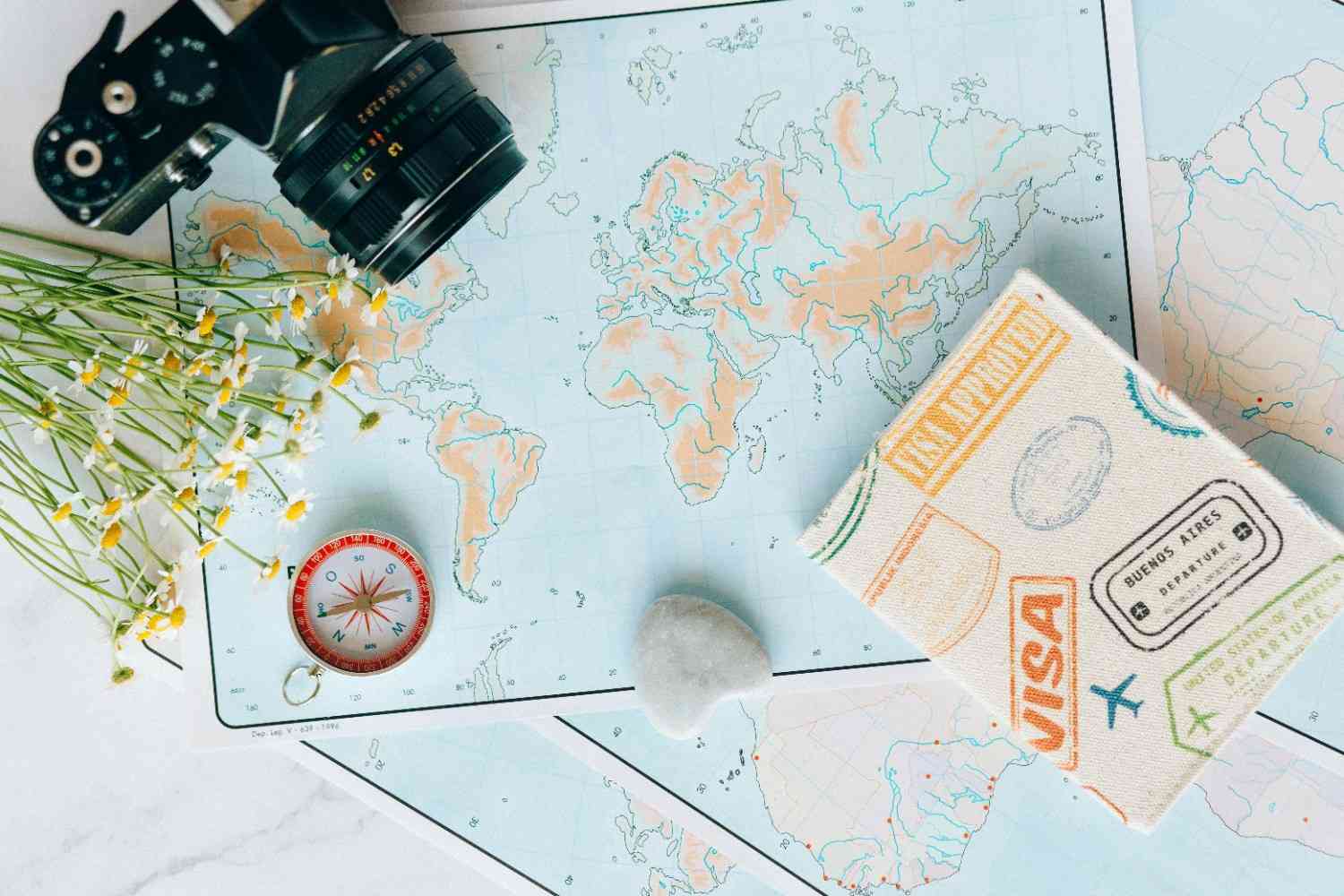
I still remember the day I wandered into a bustling souk in Marrakech, mesmerized by the swirl of colors and scents, only to realize I’d forgotten to check local advisories. My heart raced, not from the heat, but from the thought, “When was my last defensive foreign travel briefing?” That’s exactly when I learned how important it is to know how often you must receive a defensive foreign travel briefing. Spoiler: it’s your secret weapon for traveling confidently.
What exactly is a defensive foreign travel briefing—and why does it matter?
A defensive foreign travel briefing is more than just a checklist of tips and cautions. It’s a personalized dose of strategy, security, and cultural context tailored to your destination.
Delivered by experts—whether embassy staff, corporate security, or specialist agencies—these briefings cover everything from safe neighborhoods and local customs to emergency protocols and geopolitical flashpoints. They’re not just about avoiding pickpockets; they help you navigate public transport with confidence, respect cultural norms, and stay aware of evolving security situations. When I skipped one before a trip to Istanbul, I ended up oversleeping a curfew alert—not the kind of souvenir you want.

Knowing how often you must receive a defensive foreign travel briefing ensures you’re updated, informed, and ready for whatever comes your way.
How often must you receive a defensive foreign travel briefing for business trips?
When your company flies you out to an international hub, the question how often must you receive a defensive foreign travel briefing becomes essential.
Most organizations require a pre-departure briefing within 30 days before travel, followed by a post-trip debrief. These briefings are rich with practical tips and company-specific protocols. My friend, a tech consultant, once avoided trouble in Lagos simply because she knew which neighborhoods to avoid thanks to a pre-trip briefing.
These sessions also often cover contingency planning, like what to do if flights are canceled or safety advisories escalate. For regular travelers, refreshing that briefing every quarter or before each new assignment keeps you sharp and street-smart.
How often must you receive a defensive foreign travel briefing for long-term stays?
What if you’re shifting base—say, moving to Shanghai for six months? Again, how often you must receive a defensive foreign travel briefing becomes critical.
Before departure, you’ll need a comprehensive briefing covering health, safety, visa regulations, and local laws. But the learning doesn’t stop at liftoff. Ideally, you’d receive quarterly updates to reflect changes in the local climate, such as protests, health alerts, or major policy shifts.
I spent a semester in Berlin, and despite feeling confident after my initial briefing, it was only when I attended the third-month update that I learned about new transport strikes and a sudden increase in tourist-targeted scams. That briefing updated me just in time and saved me the hassle of broken public transit later.

How often must you receive a defensive foreign travel briefing as a solo traveler?
As a solo travel aficionado, you might skip briefings, thinking spontaneity equals authenticity. However, knowing how often you must receive a defensive foreign travel briefing can serve as your safety net without dulling the adventure.
I aim for one comprehensive briefing before any trip longer than two weeks, especially to unfamiliar countries. Then, I sign up for local government newsletters and register with my embassy to receive alerts during the trip. That’s enough to keep me informed while still giving me room to wander self-assuredly.
For destinations with an elevated risk—such as politically unstable regions—I treat updates as a must: I check in every two weeks once I’m there.
How to Make the Most of How Often Must You Receive a Defensive Foreign Travel Briefing
So, what’s the best way to approach how often must you receive a defensive foreign travel briefing? Here’s how to use these briefings like a pro:
First, get a full briefing before any significant journey—two weeks or longer, and especially to countries you’ve never visited.
Second, sign up for alerts from your embassy or trusted security providers. These updates are your travel lifeline.
Third, make time for updates during long stays: quarterly for corporate assignments, or mid-trip check-ins when you’re solo exploring unfamiliar terrain.
Finally, keep notes—save digital documents, jot down emergency contacts, and flag key information in your travel journal. Nothing beats knowing what to do before a situation arises.
Frequently Asked Questions
How often must you receive a defensive foreign travel briefing for short trips?
Even for shorter trips, receiving a briefing within 30 days of departure is a smart move. It ensures you’re aware of major advisories or recent incidents without overloading your trip prep.
Is the briefing mandatory for tourists?
Briefings aren’t legally mandatory for tourists, but many countries recommend that travelers receive one. It’s especially recommended for areas with security risks or complex local conditions.

Can I do the briefing online?
Yes! Many embassies and agencies offer online briefings. These often come with quizzes to confirm you absorbed the info. It’s a convenient way to stay prepared, and potential exam jitters can be skipped too.
Do frequent travelers need updates more often?
Yes—if you travel frequently or stay abroad longer than two weeks, aim for a briefing every 60–90 days. That refreshes your situational awareness and keeps your info up to date.
Travel Smart, Stay Informed
Wondering how often you must receive a defensive foreign travel briefing isn’t about bureaucracy—it’s about empowering your journey. These briefings keep you informed and confident as you explore stylish cities or immersive cultural hubs.
My top tip? Treat your defensive briefing schedule like your travel wardrobe: essential, versatile, and tailored to every destination. Subscribe to alerts, book your briefings with intent, and travel with the confidence that you’ve got both style and strategy covered.
Here’s to curated adventures and well-informed travels. See you at the next passport stamp!






